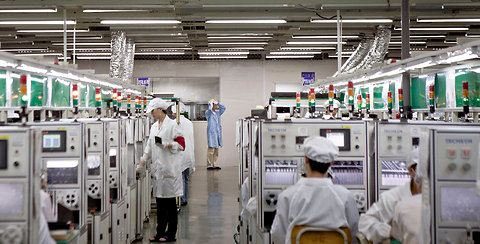Labor recruiters in China last year knowingly provided underage workers to a supplier that built parts for products from Apple and other companies.
That finding was included in Apple’s 2013 report on labor conditions at its suppliers, where more than 1.5 million workers make or assemble the ingredients that go into the iPhone, iPad and other products. The report, posted late Thursday night, is the latest installment in the company’s annual assessment of how well its suppliers are complying with Apple’s code of conduct, which dictates standards for workplace safety and other labor conditions. The 2013 report is the result of 393 audits at Apple suppliers, the company said.
Apple said it found no cases of underage workers at its final assembly suppliers in 2012 — including big companies like Foxconn — but it discovered such violations deeper within its network of suppliers at subcontractors. Apple described in the report how “dishonest third-party labor agents” in China work to skirt Apple’s policy against underage laborers. In January of last year, Apple said it audited a company that makes circuit board components found in Apple’s and other companies’ products, Guangdong Real Faith Pingzhou Electronics Co., and discovered 74 cases of workers who were under the age of 16.
As part of the investigation, it found that Shenzhen Quanshun Human Resources Co., a large labor agency in China’s Shenzhen and Henan provinces, had provided the children to the maker of circuit board parts, conspiring with their families to forge documents to represent them as older than they were. Apple said it reported the labor agency to the provincial governments, which fined the agency and revoked its license. The children were returned to their families, Apple said in the report.
The report said Apple’s audits showed 92 percent compliance with its policy of a 60-hour maximum workweek.
Article source: http://bits.blogs.nytimes.com/2013/01/25/apple-targets-providers-of-underage-laborers/?partner=rss&emc=rss
